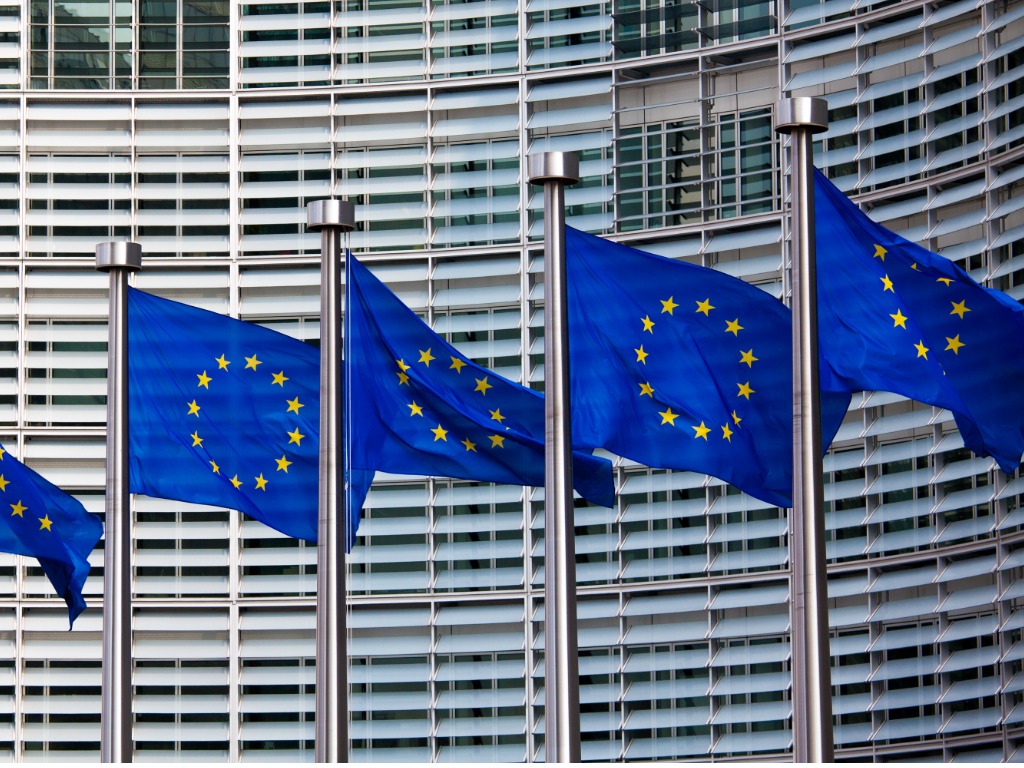EU Sets Rules Defining what Counts as “Renewable Hydrogen”
The European Commission announced today the release of proposed detailed rules outlining the definition for what constitutes renewable hydrogen in the EU, with significant implications for producers of the fuel both inside and outside Europe, as the EU looks to significantly ramp investments in clean energy sources over the next several years.
The new rules form part of the broad EU regulatory framework for hydrogen which includes energy infrastructure investments, state aid rules, as well as legislative targets for renewable hydrogen for the industry and transport sectors.
Hydrogen is viewed as one of the key building blocks of the transition to a cleaner energy future, particularly for sectors with difficult to abate emissions, in which renewable energy solutions such as wind or solar are less practical.
Around 90 million metric tons of hydrogen are produced annually, although the vast majority is extracted using fossil fuels, which create pollutants and GHG emissions. The development of clean hydrogen capacity, such as green hydrogen, which uses renewable energy to power the process to extract hydrogen from other materials, will require massive investments in areas including infrastructure, electrolysis, and transport.
In 2022, the EU Commission announced plans to dramatically scale up hydrogen production in Europe, and proposed a Hydrogen Accelerator, envisioning scaling renewable hydrogen domestic production to 10 million tons, along with 10 million additional tons of hydrogen imports by 2030. More recently, REPowerEU, the EU plan to end its reliance on Russian fossil fuels includes investment proposals of €27 billion for key hydrogen infrastructure through 2030.
One of the most stringent of the proposed conditions for what constitutes renewable hydrogen is the principle of “additionality,” requires electrolyzers to be connected to new renewable electricity production, ensuring an increase in the volume of renewable energy available to the grid compared to what exists already. The rules also include criteria ensuring that production only occurs where sufficient renewable energy is available.
The EU’s proposed renewable hydrogen rules will apply both to domestic and external producers, with a certification scheme for producers to demonstrate compliance and trade renewable hydrogen in the EU single market.
The commission also released a proposed methodology for calculating lifecycle greenhouse gas emissions for renewable fuels of non-biological origin (RFNBOs) including renewable hydrogen, accounting for upstream emissions, emissions associated with taking electricity from the grid, processing, and transporting these fuels to the end-consumer.
Kadri Simson, Commissioner for Energy, said:
“Renewable hydrogen is a crucial component of our strategy for a cost-effective clean energy transition and to get rid of Russian fossil fuels in some industrial processes. Clear rules and a reliable certification system are key for this emerging market to develop and establish itself in Europe.”





